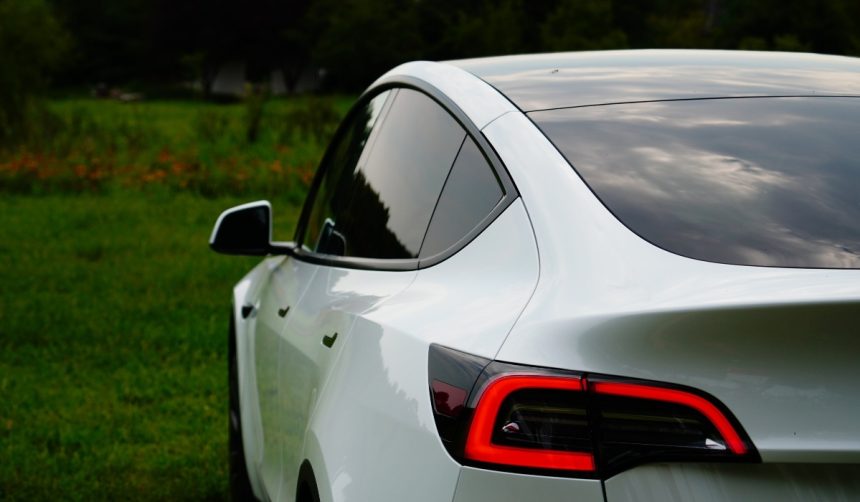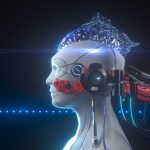Tesla has commenced delivery of its Full Self-Driving (Supervised) version 14.2 software update to a selection of vehicles. Owners in California, especially users of the Model Y equipped with the latest AI4 hardware, are among the first to install and share their experiences online. The update introduces a refined neural network intended for more reliable recognition of emergency vehicles, obstacles, and human gestures, as well as new customizable options for parking locations. Drivers will also notice enhancements in how their vehicles respond to debris and roadblocks. Tesla’s focus with this update is on presenting improvements that closely address both everyday and complex road situations for its customers.
Earlier updates to Tesla’s Full Self-Driving suite generated significant discourse in both the automotive industry and tech community. Users frequently debated the actual real-world reliability compared to Tesla’s claims, particularly around city driving and complex intersections. While prior releases included incremental navigation and safety features, customers had raised concerns about system errors in specific edge cases. This newly released version emphasizes more robust recognition and decision-making abilities, along with expanded options for owners’ preferences, suggesting a response to user feedback from previous releases.
Which features define FSD v14.2?
Among the main additions, FSD v14.2’s vision encoder now processes images at higher resolutions to better detect emergency vehicles, obstacles, and human actors. The system adds new arrival spot preferences, allowing drivers to specify where the car should stop, including options like parking garages and driveways. Fault management and system recovery have also gained refinements, aiming to address unexpected road events with greater stability.
How will owners experience improved driving assistance?
Owners may notice their vehicles handle a broader range of situations smoothly—whether yielding to emergency responders, rerouting for sudden road blockages, or dealing with roadside debris. Safety notifiers now include alerts for windshield residue that could hinder the car’s forward-facing cameras. In addition, vehicle behavior in scenarios like unprotected turns, encountering school buses, or handling dynamic gates has been fine-tuned. Tesla states,
“We have upgraded the neural networks to deliver a noticeable improvement in safety-critical recognition,”
further underscoring their efforts to boost driver confidence during assisted driving tasks.
What else is planned for this system?
Looking ahead, Tesla lists smoother overall performance and better parking functionalities as upcoming improvements. Refinements will focus on seamless spot selection and enhanced parking execution, addressing nuanced maneuvers in tight or complex environments. Tesla commented,
“Our team continues to iterate on vehicle sentience and user-selected driving styles for future releases,”
indicating ongoing development to address the remaining reliability and usability concerns voiced by drivers and industry observers.
Tesla’s decision to start this rollout with AI4-equipped vehicles in certain regions illustrates a measured approach, targeting controlled expansion as confidence in the software builds. Updates like arrival spot customization and improved object detection respond to practical feedback Tesla has received, especially from urban drivers facing repetitive and challenging scenarios. By gradually expanding release regions and supported models, Tesla aims to maintain a consistent standard of driving assistance while monitoring performance in everyday conditions.
Consumers interested in automated driving technologies should note that Tesla’s Full Self-Driving remains a supervised system, requiring driver oversight and attention at all times. For those considering integrating such functionalities into their routine, understanding the system’s capabilities and limitations is crucial. As the software matures, owners can expect further iterative improvements directed by both machine learning advances and real-world feedback, especially from diverse driving environments and evolving traffic conditions. Current and prospective users should keep vehicle cameras clear and remain prepared for continued changes as the company adapts the feature set based on global usage data and regulatory developments.










